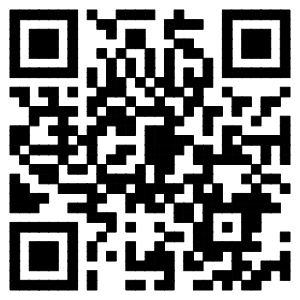翻译题型是考研英语一项十分重要的题型,而其中又常常涉及各类从句的翻译,这些句子往往句式复杂,难以理解。今天,北外网课(北京外国语大学网络课堂)老师就带大家一起梳理考研英语不同类型从句的翻译方法,帮助大家复习。
定语从句
定语从句的译法一般有三种
(1)译成含“的”字结构的定语,放在先行词之前。由于定语从句的作用相当于定语,所以这种译法是最普遍的。不过,条件是定语不可过长。
I am going to see my grandmother, who was ill in bed, to take hersome butter and eggs and a fresh-baked cake that my mother has made forher.
(2)采用“分译法”,将较长的定语从句独立出去,并将先行词重复一次。
Elizabeth was determined to make no effort for conversation with awoman, who was now more than usually insolent and disagreeable.
(3)译成状语从句。
Food which is kept too long decays because it is attacked by yeasts,moulds and bacteria.
名词性从句
名词行从句包括主语从句、宾语从句、表语从句和同位语从句,它们中大多数可以适用“顺译法”—按原文的顺序翻译。但也有一些值得注意的地方
⑴主语从句的译法:如主语从句和后面的成分都不长,则按顺序在一句话里完成;如主语很长,而其他成分很短,则可采用分译法;倘若二者长度相当且都较长,则采用分译法。
⑵表语从句的译法:通常用顺译法。
⑶宾语从句的译法:如宾语从句较长,且是**层次的从句,句子往往在主句谓语动词和宾语从句间断开。
⑷同位语从句的译法:类似于定语从句的译法—处理成含“的”字结构的定语,其同位语则成为该定语修饰的对象;或采用分译法,先译同位语,再补充同位语从句的内容。
This trend began during theSecond World War, when several governments came to the conclusion that thespecific demands that a government wants to make of its scientificestablishments cannot generally be foreseen in detail.
状语从句
状语从句在句中用来表示时间、原因、条件、目的、让步、比较等等,这类从句往往用在主句后面,而汉语的习惯则要求将状语的内容先于主句表达,即要用逆译法。结果状语从句例外。值得特别注意的有
(1)when引导的从句的译法
when引导的时间状语从句与主句之间有逗号隔开,说明主句是一个完整的句子,when从句与主句关系松散,只是一种语气很弱的补充。类似的情况还有which引导的非限定性定语从句,往往有逗号与主句隔开,所以翻译时常常用分译法,独立成句。
When one of these non-economic categories is threatened and, if wehappen to love it, we invent excuses to give it economic importance.
(2)so„that„引导的结果状语从句,不应译成“如此„„以至于„„”
However, the world is so made that elegant systems are in principleunable to deal with some of the world’s more fascinatingand delightful aspects.

 京公网安备 11010802024222号
京公网安备 11010802024222号




